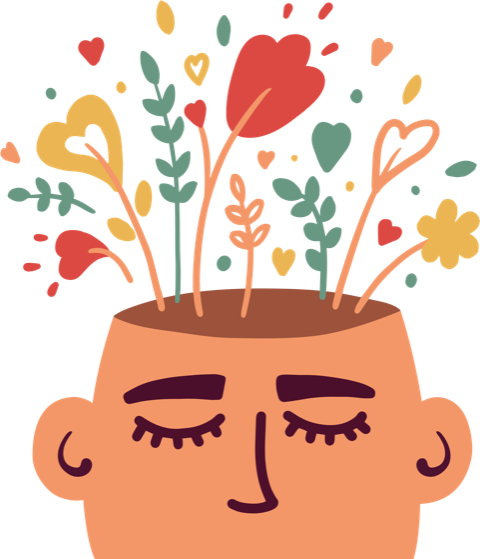A Conversation on How to Build Mindfulness

With the weight of the world seemingly hanging on our shoulders, it’s no secret that many of us are overstressed, overworked and desperately in need of guidance to navigate our fast-paced society. James Butler, the Mindfulness Campus Coordinator at The University of Texas at Austin, is highly familiar with the art of mindfulness and hopes implementing these practices for people of all ages can greatly improve one’s quality of life.
We had the privilege of speaking with James Butler to better understand what mindfulness is and how it can enhance one’s life.
AFM: What is mindfulness?
Butler: I take the definition of mindfulness from Jon Kabat-Zinn who founded Mindfulness-Based Stress Reduction — knowing what you are doing while you are doing it. I would also add doing these things with compassion and non-judgment. It can be done anywhere, anytime. It’s all about bringing your attention to the present moment.
Neurologist, author and Holocaust survivor Viktor Frankl has a great quote about mindfulness. He says, “Between stimulus and response is a space. In that space is our power to choose our response. In our response lies our growth and freedom.”
Research has shown that mindfulness can help improve mental and physical health, reduce stress levels and positively affect a person’s memory.
AFM: What is the history behind mindfulness?
Butler: Acknowledging the roots of mindfulness is important to me. Even though I have studied mindfulness and I am the mindfulness campus director at UT, I want to stress that I cannot take credit for it. The history of mindfulness traces back to Buddhist philosophies. A group of U.S. physicians adapted mindfulness into their practices in the 1960s to improve the well-being of all people, regardless of their cultural or religious beliefs.
AFM: Why are you so passionate about mindfulness?
Butler: I’m passionate about mindfulness because it is personal to me. Several years ago, I was diagnosed with depression, anxiety and PTSD. I learned about mindfulness through therapy. I started using it a lot to help me move through the things I was going through. It helped to center me and make me more present. After putting on yoga videos in my kindergarten classroom, I was seeing how it was helping them too.
AFM: How can someone develop mindfulness practices in their daily life?
Butler: I ask people to think of one to two routines they do every morning, during the day and at bedtime. Thinking of those routines, when could you incorporate some type of mindfulness practice? The mindfulness practices could be things like focusing on your breath, engaging in some type of movement, thinking about what you’re thankful for, reaching out to loved ones, immersing yourself in music, spending time in nature, doing art, tuning in to your five senses.
AFM: How can mindfulness be implemented in parenting?
Butler: When your child acts in a certain way, take notice of what that does to you. What emotions does it bring up, and why? How do you usually respond? Pay attention to the root of what’s happening. Young kids can say things that come off totally different than what they actually mean. They are developing. They do not have the words or emotional maturity to fully explain themselves. These behaviors have reasons and being aware can help us to focus on what they are actually trying to communicate.
AFM: What are some common misconceptions about mindfulness?
Butler: A lot of times, mindfulness is seen as sitting in a dark room with your eyes closed, but it can be so much more. It’s about tapping into what fills your cup and doing it with awareness. If you do it consistently, it becomes a habit. Then, when stress arises, you can use these tactics to navigate it.
I’ve seen mindfulness become weaponized. People will suggest you use it to become more productive — do a little mindfulness practice so you can get twice as much work done. This is the total opposite of what mindfulness is. The point of it is to slow down and take notice, not slow down to then turn around and speed up.
I just want mindfulness to be seen as accessible to everyone, regardless of your identity or background. It’s not portrayed that way in mainstream media, but it can be helpful to everyone.
Resources to learn more about mindfulness:
- James Butler has created resources for teachers to use in the classroom to invite daily mindfulness tactics into their learning environment.
- Listen to a speech given by Jon Kabat-Zinn on the power of healing through mindfulness. UT Austin students can find resources through mindful UT, led by James Butler. mindful UT promotes the betterment of student mental health through mindfulness practices and activities.






